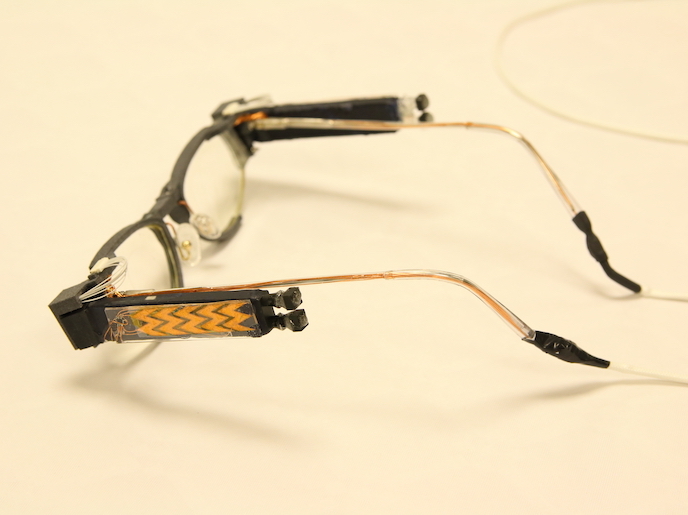Creating animal-free alternatives for drug development
Oral drugs are a widely used and effective form of treatment for many diseases, and demand is high. Yet most drugs developed through the pharmaceutical industry aren’t efficiently absorbed by the digestive tract as they are poorly soluble, which limits their potential. “Many of the lead drug candidates emerging from drug discovery pipelines have been optimised for drug receptor binding, which leads to poor water solubility,” explains Brendan Griffin(opens in new window), professor of Pharmaceutics at University College Cork. “Additionally, with an expanding chemical discovery space, there is an increasing trend of larger molecular weight drugs emerging as lead candidates, which also tend to be larger, bulkier and less water-soluble drugs,” he adds. In the EU-funded InPharma(opens in new window) project, researchers developed new animal-free methods to develop and test oral drug formulations. The project also carried out an intersectoral training scheme to teach 13 early-stage researchers (ESRs) the skills needed to revolutionise Europe’s oral drug development in an ethical way. “In addition to training early-career researchers on the principles of the 3Rs(opens in new window) and encouraging advocacy of animal-free approaches in drug development, the research they were directly involved in focused on developing in vitro and in silico approaches that would reduce or eliminate the need for testing developmental formulations in animals,” says Griffin.
Using computational tools to develop new drug formulations
The research undertaken through the InPharma project looked at developing optimised formulations using computational tools, rather than screening prototype formulations in animal models, to identify the optimal formulation for progressing to human clinical trials. “The research also established improved biorelevant in vitro testing methods that are more predictive of formulation performance in humans, which would obviate the need to perform formulation trial studies in animals as predictors of human performance,” explains Griffin.
Successful training of early-stage researchers
Beyond the direct research, the project led to a range of promising outcomes. Thirteen ESRs completed the Industrial Doctorate Programme(opens in new window), all of whom are expected to complete their PhDs by the end of this year. The work of the InPharma project has also led to 30 peer-reviewed scientific publications, with more anticipated. “We have strengthened industrial-academic research among partners in this EU-funded network, linking academic institutions with major multinational pharmaceutical industries across Europe,” notes Griffin. “This will serve to spur future intersectoral collaborations and further research grants,” he adds.
Enhancing Europe’s drug manufacturing industry
The project has significantly advanced research in the realm of animal-free approaches in drug formulation development. As all research results were disseminated through open access, the findings will be exploited across the industrial sector to advance animal-free approaches. “Furthermore, given the active participation of major pharmaceutical industry partners in Europe in InPharma, such as Johnson & Johnson, Roche, Bayer, AstraZeneca, Zentiva and Merck, among others, it will directly impact research and development approaches within these participant companies,” Griffin remarks. The team now plans to pursue a broad range of research collaborations within the network, and is seeking further research funding. Additionally, across the network, the project team plans to submit work collectively to pursue new EU funding opportunities. “Finally, we plan to stay connected with our 13 ESRs to track their career trajectories and follow their progress within the pharmaceutical research sector,” says Griffin. InPharma was undertaken with the support of the Marie Skłodowska-Curie Actions(opens in new window) programme.







